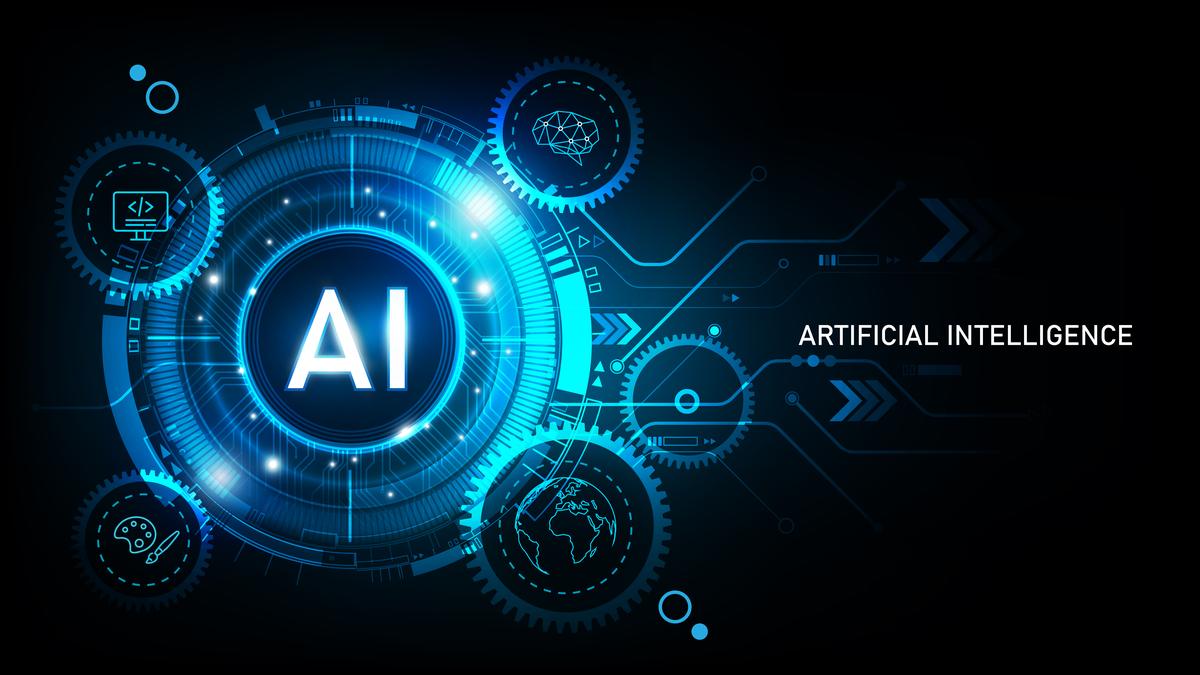Highlights
The Rise of Generative AI Training
Since the introduction of ChatGPT in November 2022, there has been an almost eight-fold increase in investment in AI technologies.
Data from Coursera, as presented in the Future of Jobs Report 2025, reveals a notable surge in demand for generative AI training among both learners and businesses. India and the United States are at the forefront of this global enrolment trend, though the underlying factors driving this demand vary between the two nations. In the U.S., the primary force behind the demand is individual learners, whereas in India, corporate sponsorship is a key driver in increasing enrolments.
Globally, individuals on Coursera are concentrating on foundational generative AI skills alongside conceptual subjects such as prompt engineering, ethical AI practices, and strategic decision-making related to AI. On the other hand, learners who are sponsored by institutions are focusing on practical workplace applications, including leveraging AI to improve productivity in tools like Excel or creating applications with AI-based solutions.
Generative AI Enrolment Trends
Chart 1 illustrates the enrolment trends for generative AI on Coursera from 2022 to 2024. The demand for generative AI training is not arising in isolation; it is closely connected to the broader technological changes that are transforming industries worldwide. The survey indicates that out of nine key transformative technologies, AI and information processing technologies are viewed as having the most considerable impact on businesses by 2030, with 86% of employers recognising them as likely to drive significant business transformation. This impact is anticipated to surpass that of robots and autonomous systems (58%) and energy generation and storage technologies (41%).
Chart 2 presents the technology trends influencing business transformation, based on responses from the surveyed employers.
Since ChatGPT’s launch in November 2022, there has been a nearly eight-fold increase in investments in AI technologies, facilitating substantial progress in the field. This financial influx has been complemented by investments in the necessary physical infrastructure to support these technologies, including servers.
Shifting Job Roles and Workforce Dynamics
The escalating demand for generative AI training is intricately linked to the evolving landscape of job roles shaped by technological advancements. According to the survey, employers foresee technologies such as AI and robotics playing a crucial role in workforce development. By 2030, positions such as Big Data Specialists, FinTech Engineers, AI and Machine Learning Specialists, and Software and Applications Developers are anticipated to experience the most rapid net growth.
Chart 3 highlights the jobs projected to have the fastest net growth as indicated by the surveyed employers.
The interaction between humans, machines, and algorithms is fundamentally altering the nature of work. Automation and technological advancements are changing how tasks are executed across various sectors. The survey reveals that currently, 47% of tasks are predominantly undertaken by humans, 22% are accomplished mainly by technology, and 30% involve a combination of both. By 2030, the distribution of tasks is expected to become more balanced.
This transition is primarily driven by increased automation. It is anticipated that nearly 15% of work tasks currently performed solely by humans will transition by 2030, with around 82% of this shift due to advancements in automation, and the remaining 19% attributed to enhanced human-machine collaboration.
Chart 4 depicts the expected distribution of work tasks performed predominantly by human workers, technology, or through a combination of both.
This evolution underscores the necessity of equipping the workforce with the skills essential for thriving in a world increasingly cohabited with intelligent machines.

Leave a Reply